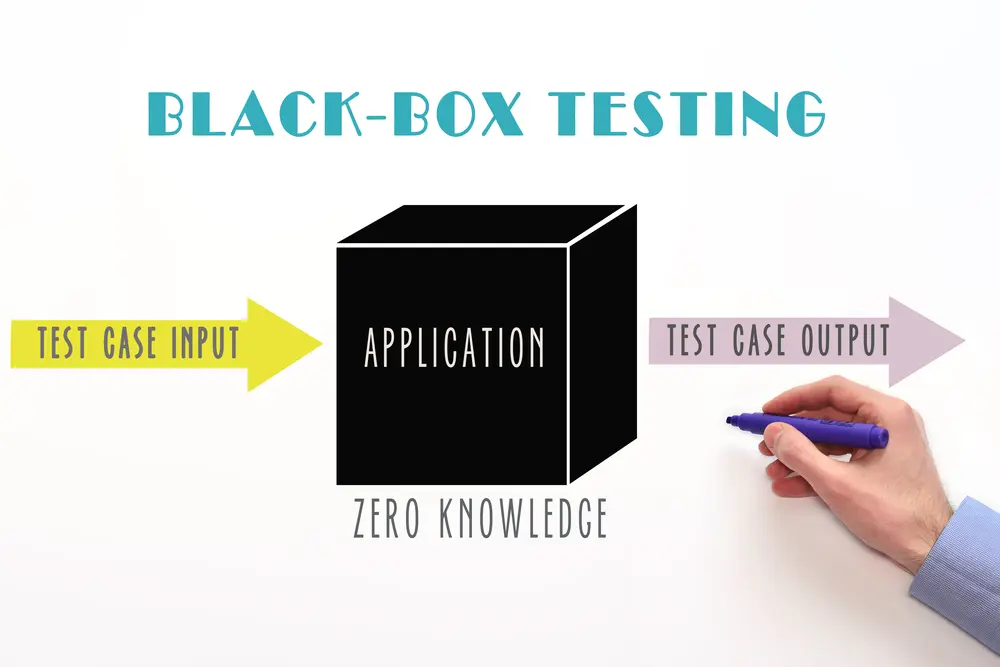In today’s highly competitive marketplace, keeping customer needs and the user experience at the forefront of an organization’s development efforts is crucial. With the rapid advancements in technology, it’s critical for organizations to deliver high-quality products and services that meet customer expectations and provide an optimal user experience. In this article, we’ll explore how organizations can set up ongoing development processes that prioritize customer needs and the user experience with TestPoint services to help support these efforts.
Crowd Testing Services
Crowd testing services are an effective way to ensure that customer needs and the user experience are central to all activity. These services allow businesses to test their products and services with a large group of real users from diverse backgrounds and locations, providing valuable insights into the usability, functionality, and overall user experience.
TestPoint offers crowd testing services that provide businesses with access to a global community of professional testers. This service enables organizations to test their products and services across a wide range of platforms, devices, and operating systems, ensuring that they meet customer needs and provide a positive user experience.
Best QA Tools
Quality assurance (QA) tools are essential for ensuring that products and services meet customer needs and provide a positive user experience. QA tools help organizations to identify issues and bugs that may arise during the development process, allowing developers to address them before they reach customers.
TestPoint provides a range of best-in-class QA tools to support ongoing development efforts. These tools include automated testing tools, code review tools, performance testing tools, and more. TestPoint’s QA tools are designed to help organizations identify issues quickly, reduce development time, and ensure that products and services meet customer needs and expectations.
Web Application Testing
Web application testing is the process of testing web applications to ensure that they are functioning correctly and providing a positive user experience. Web application testing involves a range of activities, including functional testing, security testing, performance testing, and usability testing.
TestPoint offers a comprehensive web application testing service that includes functional testing, usability testing, accessibility testing, and more. This service enables organizations to identify issues with their web applications quickly and efficiently, ensuring that they meet customer needs and provide a positive user experience.
Mobile Application Testing
Mobile application testing is the process of testing mobile applications to ensure that they are functioning correctly and providing a positive user experience. Mobile application testing involves a range of activities, including functional testing, security testing, performance testing, and usability testing.
TestPoint offers a comprehensive mobile application testing service that includes testing on a range of devices, platforms, and operating systems. This service enables organizations to identify issues with their mobile applications quickly and efficiently, ensuring that they meet customer needs and provide a positive user experience.
Desktop Application Testing
Desktop application testing is the process of testing desktop applications to ensure that they are functioning correctly and providing a positive user experience. Desktop application testing involves a range of activities, including functional testing, security testing, performance testing, and usability testing.
TestPoint offers a comprehensive desktop application testing service that includes testing on a range of platforms and operating systems. This service enables organizations to identify issues with their desktop applications quickly and efficiently, ensuring that they meet customer needs and provide a positive user experience.
Android Application Testing
Android application testing is the process of testing Android applications to ensure that they are functioning correctly and providing a positive user experience. Android application testing involves a range of activities, including functional testing, security testing, performance testing, and usability testing.
TestPoint offers a comprehensive Android application testing service that includes testing on a range of devices, platforms, and operating systems. This service enables organizations to identify issues with their Android applications quickly and efficiently, ensuring that they meet customer needs and provide a positive user experience.
iOS Application Testing
iOS app testing is the process of testing applications developed for iOS devices, such as iPhones and iPads, to ensure that they function correctly and provide a positive user experience. iOS app testing involves several activities that are similar to other forms of application testing, including functional testing, security testing, performance testing, and usability testing.
Functional testing involves testing the features and functionality of the iOS application to ensure that it works correctly, performs as expected, and meets user requirements. This testing can be performed manually, through automated scripts, or a combination of both.
In conclusion, organizations must prioritize customer needs and the user experience throughout the software development lifecycle to deliver high-quality products that meet user requirements. To do this, they need to set up ongoing development processes that incorporate testing and feedback at every stage.
Crowd testing services, automated testing tools, and other testing resources can be valuable assets to organizations looking to ensure that their applications are functional, secure, and user-friendly. These tools and services can help organizations to identify defects, performance issues, security risks, and other problems early in the development process, which can save time and resources in the long run.
Additionally, organizations should adopt best practices for software development, such as Agile and DevOps methodologies, which emphasize collaboration, continuous integration and deployment, and iterative development. These approaches can help organizations to respond quickly to changing customer needs, market trends, and emerging technologies.
Overall, setting up ongoing development processes that prioritize customer needs and the user experience requires a concerted effort from all stakeholders involved in the software development process. It involves a continuous feedback loop between developers, testers, product managers, and customers to ensure that the final product meets user expectations and delivers value. By adopting these processes and best practices, organizations can ensure that they are delivering high-quality software that meets the needs of their users and drives business success. Testpoint services can be a great resource to help organizations achieve these goals and stay ahead of the competition.









